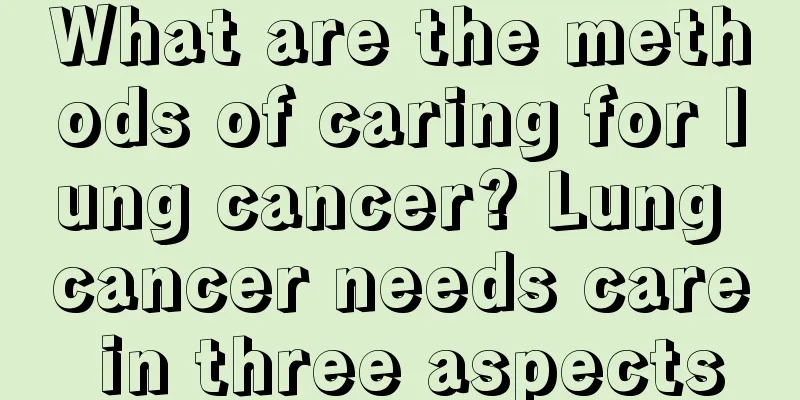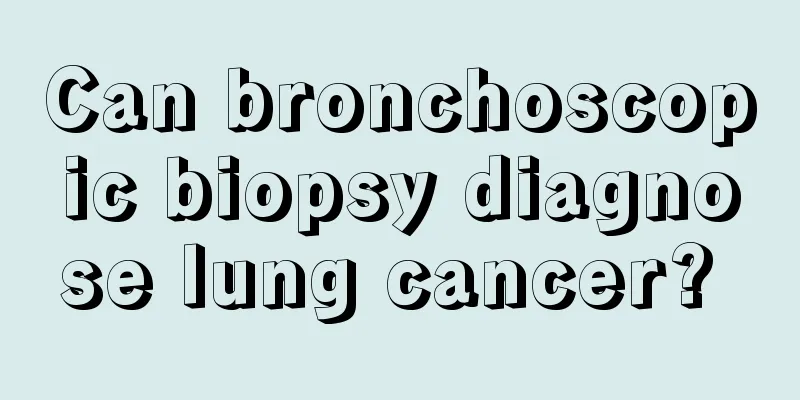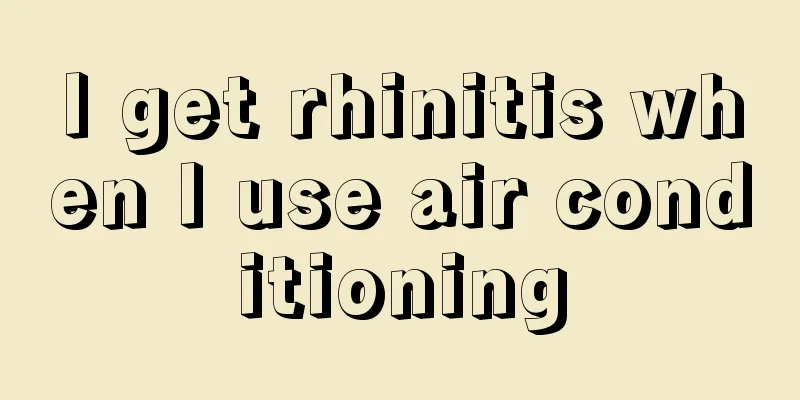What should I do if I suddenly have cerebral thrombosis? Do these things well

|
Cerebral thrombosis is a common cerebrovascular disease in clinical practice, and its treatment is given great importance in clinical practice. Many people don’t know what to do if a cerebral thrombosis occurs suddenly. For sudden cerebral thrombosis, you must pay attention to dietary regulation and combine it with drug treatment. 1. Diet adjustment Some patients experience difficulty swallowing after the illness, which is caused by paralysis of the muscles responsible for swallowing. The patient experiences choking and coughing when eating, especially when drinking water, and even food sprays out of the mouth and nose. At this time, be careful not to force the patient to take food, water or medicine. For mild patients, they can be allowed to eat viscous foods, such as thick porridge, soft rice, etc. Cook vegetables, minced meat and other side dishes, chop them into small pieces and mix them with the rice. Avoid foods that are too watery or too dry as they are easier to swallow. If there are no contraindications to oral medication, you can grind it into powder and mix it with food. 2. Pay attention to changes in the condition Patients with cerebral thrombosis have a relatively slow onset of symptoms, with milder symptoms at onset, and most do not have impaired consciousness. However, the condition may progressively worsen within hours or days. Despite aggressive treatment efforts by healthcare professionals, sometimes the disease progression cannot be stopped. If the blocked blood vessel is large, the area of brain tissue necrosis is large, and cerebral edema is obvious, the patient may gradually become drowsy, that is, he can wake up when called, but fall asleep again immediately when not called. In severe cases, the patient may fall into a coma. Family members should pay attention to observe whether the strength of the patient's paralyzed limbs gradually decreases or even becomes completely unable to move. What is the patient's mental state? If the patient is found to be drowsy or listless, notify medical staff immediately. At the same time, for critically ill patients, the amount of food, water, urine, etc. consumed each day should be recorded for the doctor's reference. 3. Take medicine on time Patients with cerebral thrombosis should take medication regularly as prescribed by the doctor and control underlying diseases of arteriosclerosis such as diabetes and hypertension. Commonly used drugs include antiplatelet aggregation drugs, and generally two to three oral medications are sufficient. 4. Hemiplegia care Most patients with cerebral thrombosis are obese, and some also have diabetes. If a sudden cerebral thrombosis causes hemiplegia and local neurotrophic disorders, prolonged compression will cause skin ulcers and form "bedsores." Once it occurs, cerebrovascular disease may be aggravated by infection and fever. In severe cases, it may cause sepsis and lead to the patient's death. |
<<: What are the white spots on my little nails?
>>: What is the reason for flesh growing between the nails?
Recommend
The dangers of perming hair for boys
Nowadays, more and more people are pursuing physi...
Subcutaneous lipoma
From the literal meaning, everyone should know wh...
What are the main risk factors for bladder cancer?
85% of bladder cancer originates from transitiona...
What is the best way to reduce scars?
The presence of scars actually has a great impact...
What can I use to soak jeans so that they won't fade
Jeans are a type of clothing that many people lik...
Do you know the effect of L-carnitine? Let’s take a look together
L-Carnitine is an amino acid that helps convert f...
What are the ways to prevent cervical cancer? What should you eat to prevent cervical cancer!
What to eat to prevent cervical cancer? Vitamin A...
Will eating fried chicken at night make you fat?
Fried chicken is a food that is deeply loved by p...
What to do if osteosarcoma recurs
Although osteosarcoma is a stubborn disease that ...
What are the methods to prevent teratoma
The location of teratoma varies, and there are ma...
What is the reason for heaviness in calves
Many people have experienced the symptom of heavy...
How to choose a hospital for invasive cervical cancer
In recent years, the number of patients with cerv...
What's up with the white particles on the inside of the eyelids
Clinically, the symptoms of many diseases occur o...
What should be done before percutaneous interventional treatment of liver cancer? Be prepared
When patients with liver cancer undergo percutane...
Targeted immunotherapy for renal cancer
Targeted immunotherapy for renal cancer is a new ...









